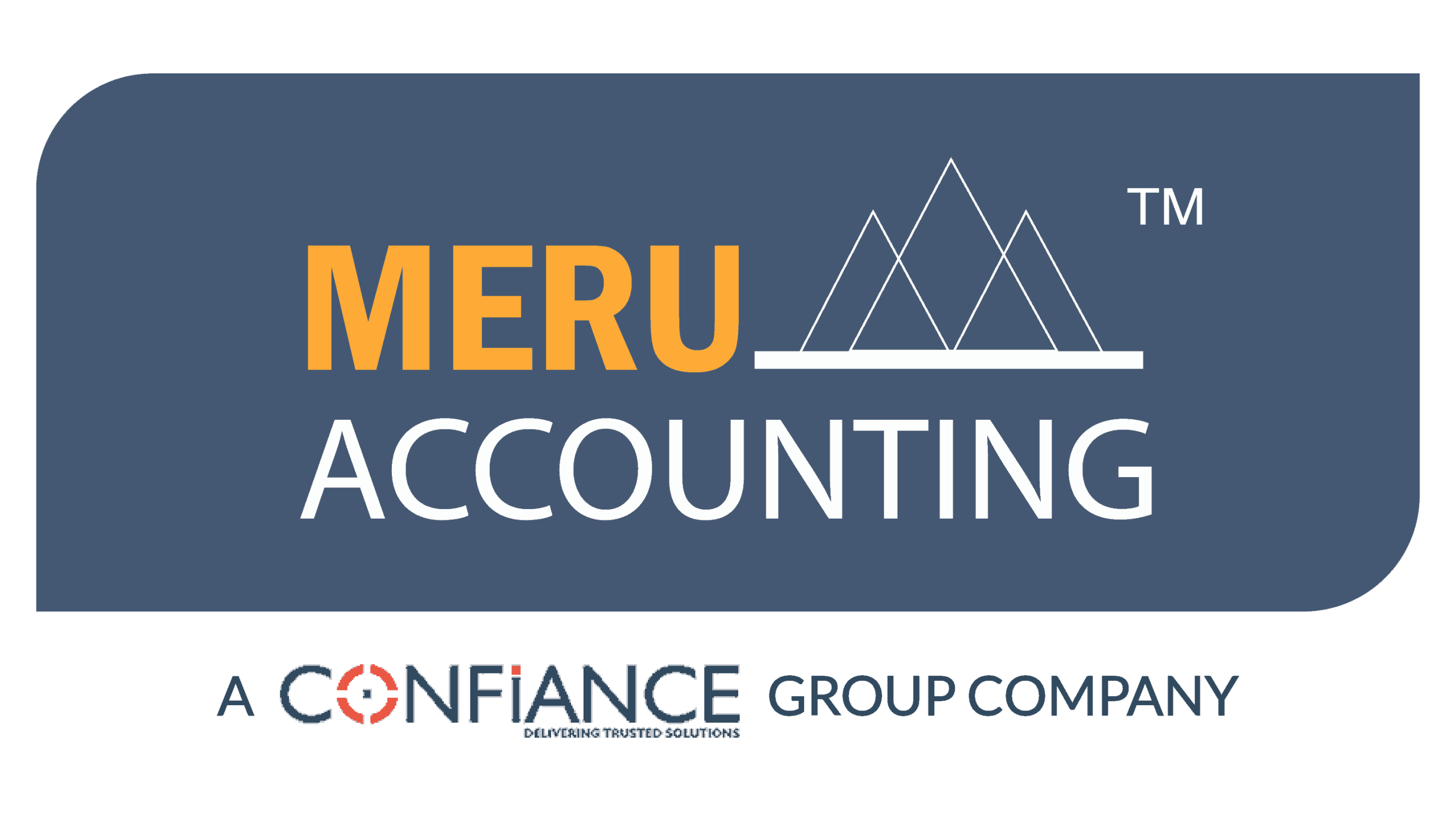Everything You Need to Know About Account Reconciliation
When it comes to maintaining a proper accounting of the business, account reconciliation is very important. Account reconciliation involves properly documenting the account balance for the business. The account reconciliation helps to confirm that the amount spent in the business is the same as the recorded sum, which makes the balancing of the two accounts similar during the reporting period. Regular account reconciliation will help to ensure correctness in the bank and reduction of fraud transactions. A business can maintain proper financial health by keeping proper account reconciliation.
What Is Account Reconciliation?
The account reconciliation process means comparing two sets of records to make sure they match. If they don’t, you find and fix the issue. The goal is to keep records correct and catch fraud or mistakes early.
Common Examples
- Match bank records to your ledger
- Match bills to payments
- Check card charges to receipts
Importance of Account Reconciliation
- Improves Accuracy: It helps make sure your numbers are right and cuts down on mistakes.
- Catches Errors Early: You can spot things like missed or repeated entries before they cause big issues.
- Helps Prevent Fraud: By checking each item, you can find charges or payments that should not be there.
- Builds Trust: Clean records help with audits and keep your team, clients, and investors at ease. This is why many companies rely on account reconciliation services to maintain accuracy and stay audit-ready.
How Does the Account Reconciliation Process Work?
The account reconciliation process mainly involves capturing and comparing business transactions that are entered into the accounting system.
Steps in Account Reconciliation
- Comparing the Bank Statement with the Account Register: Check all the payments made in the bank statement against the entry in the accounts register. Note down all the bank statement transactions for no evidence in the payment receipt.
- Check Internal Records: Carefully review all auto-payments from the bank account, including uncleared cheques, ATM service charges, overdrafts, and other fees. These should match the entries in the accounting books.
- Maintain All Cash Inflow Records: If there is some money deposited in the bank and not reflected in the accounting book, then make the entries soon in the proper book. Add interest if the account is interest-bearing.
- Bank Error Checking: Check the bank statement thoroughly. Report any errors immediately to the bank for correction.
- Cross-checking the Balance: Final verification of accounting records with the bank statement. Record all the differences between the two accounts properly.
What Are the Benefits of Proper Account Reconciliation?

- Identifying the Issues in Misstatements: Helps to identify and rectify misstatements like duplicate entries.
- Analysing Fraudulent Activities: Helps detect internal or external fraudulent activities.
- Keeping Track of Outstanding Cheques: Tracks uncleared cheques to avoid confusion and delays.
- Increases Efficiency in Account Management: Reduces accounting errors and improves workflow in finance departments.
Outsourcing account reconciliation to expert agencies can be highly beneficial. Many firms rely on professional account reconciliation services for better accuracy and efficiency.
Types of Reconciliation
- Bank Reconciliation: Check your ledger against your bank statement.
- Accounts Payable: Ensure bills match what was paid.
- Accounts Receivable: Check what clients owe vs. what they paid.
- Intercompany: Match records between divisions of the same firm.
- Credit Card: Check card charges with firm records.
How to Reconcile Accounts
- Gather Records: Get bank statements, ledgers, card logs, and bills.
- Compare Entries: Check each item one by one between records.
- Check Mismatches: Look for missing or duplicate entries.
- Make Fixes: Add adjusting journal entries as needed.
- Review Work: Have a peer or manager double-check the records.
- File Results: Ensure everything matches and store all documents.
How Often to Reconcile
- Monthly: Standard for most firms.
- Weekly: Needed for high-activity accounts.
- Quarterly: For low-transaction accounts.
- Annually: A full check at year-end or during audits.
Who Performs Account Reconciliation?
- Staff Accountant: Handles the day-to-day reconciliation process.
- Accounting Manager: Reviews and approves reconciliations.
- Internal Auditor: Ensures the process follows regulations.
- Outside Firms: Third-party services can manage all reconciliation steps.
Tools You Can Use
- Excel: Still commonly used but prone to human error.
- Software: QuickBooks, Xero, and similar tools for automation.
- ERP Systems: Large systems like SAP for enterprise use.
- Special Platforms: Tools like BlackLine for comprehensive team support.
What Are Account Reconciliation Services?
These services involve third-party experts handling the reconciliation process. They gather data, check entries, identify issues, and provide a report. Benefits include saving time, reducing errors, and improving accuracy — ideal for businesses with limited in-house resources.
Challenges in Account Reconciliation
- Too many transactions to manage manually
- Complex intercompany entries
- Manual data entry errors
- Delayed or missing documents
- Limited team capacity
Best Practices for Account Reconciliation
- Stick to a schedule
- Use checklists for each step
- Automate where possible
- Track and document issues
- Assign clear roles for review and approval
- Keep secure backups
- Regular peer reviews
How to Do It Right
- Define the Scope: Clarify what accounts and periods are covered.
- Choose Tools: Manual, software-based, or outsourced.
- Train the Team: Educate staff on steps and policies.
- Use Templates: Standardize forms and checklists.
- Automate Feeds: Set up automatic data imports from banks.
- Assign Roles: Split duties for preparation and review.
- Track Metrics: Monitor issues and resolution time.
- Keep Improving: Learn and refine the process regularly.
Tips for Smooth Reconciliation
- Use consistent account naming
- Minimize manual data entry
- Focus on reconciling large items first
- Ignore immaterial differences (e.g., under $5) if policy allows
- Ensure data feeds are up to date
- Resolve old mismatches before they compound
Account reconciliation helps you stay in control of your books. It’s the act of checking two sets of data, finding gaps, and making the needed changes. You can do it in-house or hire help. Using tools, clear steps, and set times will help make the job fast, clean, and accurate. Meru Accounting provides Account Reconciliation services for the business. Meru Accounting is a renowned accounting service provider agency across the world.
FAQs
1. What is account reconciliation?
- It means checking records to make sure the numbers match.
2. Why is it important?
- It helps stop fraud and keeps your books clean.
3. How often should it be done?
- Most firms do it monthly. High-use accounts need it more frequently.
4. Can I outsource this task?
- Yes, many firms offer full service for this.
5. What tools help with it?
- Excel, accounting software, ERP systems, and specialized tools like BlackLine.
6. Who should check it?
- A second person, like a manager, should always review the work.








